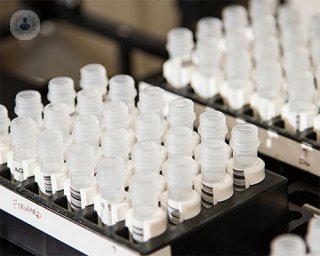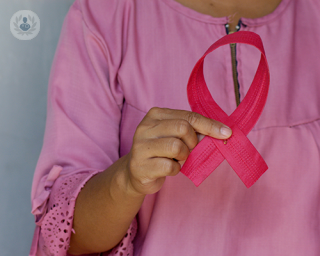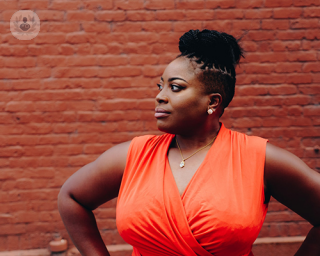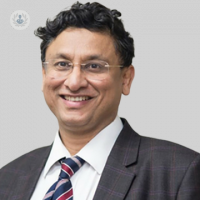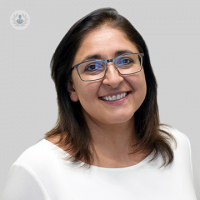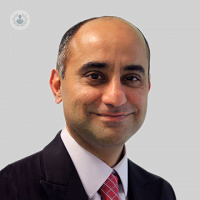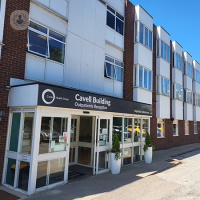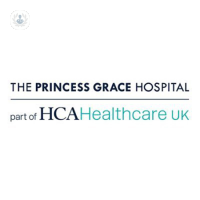Breast lumps
What are breast lumps?
A breast lump is a mass in the breast that can vary in size and texture. They are sometimes painful and can feel like a knot, bulge, or swelling around the breast or armpit area. Most of the time, breast lumps are benign (non-cancerous).
It is normal for breast tissue to feel lumpy, but if you notice any new lumps, or ones that stay after a menstrual period, it’s very important to visit a doctor and get an examination.

What causes them?
There are many causes of breast lumps. These can include:
- Infections – the name given to inflammation of the breast tissue is called mastitis. Infection occurs most often in women who are breastfeeding. The skin around the nipple can become sensitive leading to the skin becoming injured or cracked. Bacteria can then enter and as a result cause infection in the breast. These infections can appear as a deep pocket of pus known as an abscess. Body piercings in the nipple can also cause infections and should be treated by a doctor.
- Injuries – if the breast is injured for any reason this can cause a lump to develop in the area. The small blood vessels can rupture and cause bleeding. This bleeding in the tissue can be noticed as a lump. These can vary in size and be painful.
- Non-cancerous growths and cysts – these normally occur in women aged over 35. Fibroadenomas is a type of non-cancerous tumour. They are firm to touch and very common. They normally cause very little or no pain at all. Breast cysts are benign sacs filled with fluid. These can vary in size and can cause some pain.
- Cancer – most of the time, breast cancer causes no pain in the breast area. It may appear as a physical lump or the breast tissue may feel thicker. Other symptoms include changes in the size or shape of the breasts, dimpling of the skin of the armpits, a rash around the nipples, discharge from the nipples, or a sunken area in either of the breasts.
How are the types of breast lumps diagnosed?
The first step is a physical examination by a doctor. A manual examination by a doctor cannot always detect the cause of the lump. Since it is important to rule out breast cancer, a mammography is normally the next step. This is a screening tool that uses X-ray imaging to detect signs of breast cancer.
An ultrasound is also useful in determining the type of breast lump. This tool can be used to distinguish between a cyst filled with fluid, or a solid lump. Magnetic resonance imaging (MRI) scans are very effective and sensitive to small lumps in breast tissue. Often though, MRI is performed if the results of a mammography and ultrasound were not clear.
How are breast lumps treated?
There are various treatments available for breast lumps. After a doctor has evaluated and diagnosed the lump, the relevant treatment will be given:
- Infection – If the breast lump is caused by an infection then a combination of antibiotics and warm compresses are advised. Heat treatment is effective, so taking hot showers and applying warm washcloths are recommended.
- Abscess – Antibiotics are given, but depending on the size of the abscess, it might need to be drained by a doctor.
- Fibroadenomas – a surgeon will perform either a lumpectomy or excisional biopsy to check for cancer. There is also a procedure called fine-needle aspiration where a doctor uses a thin needle to withdraw fluid from the lump. Normally, fibroadenomas don’t require any treatment, but some women choose to have them removed for peace of mind.
- Cysts – these don’t normally need treatment unless they are causing constant pain and discomfort.
- Cancer – surgery is normally performed to remove the cancer. This depends on the stage and progression of the cancer but your doctor will evaluate your situation. Radiation therapy, hormone therapy or chemotherapy are also common treatments used to treat breast cancer.

